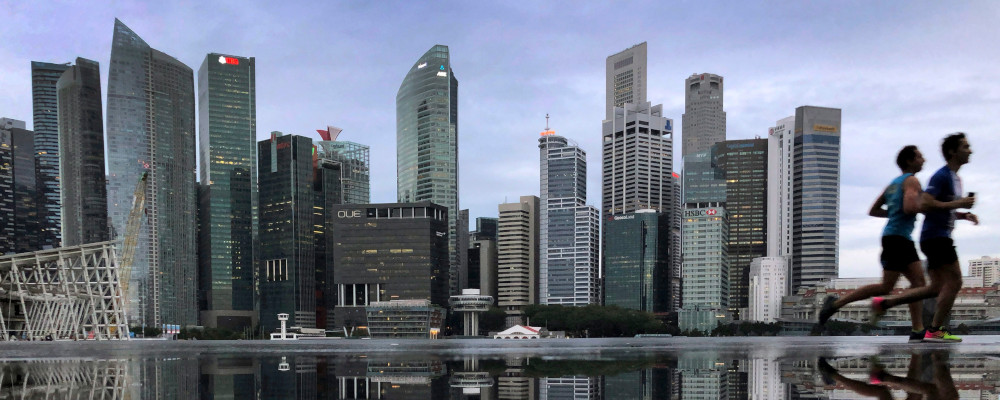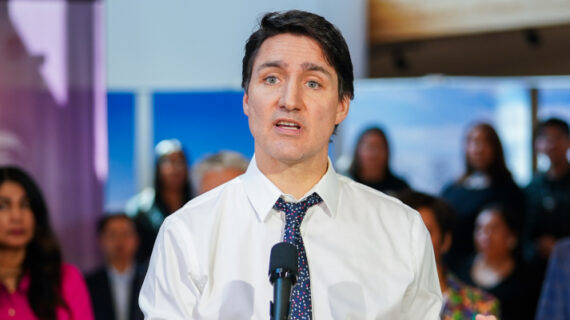Over the past 10 years, Canada’s per-person GDP, a common measure of living standards, grew at just 0.8 percent per year on average, which was Canada’s slowest decadal rate of growth since the 1930s. And you can’t blame COVID because Canada’s average per-person GDP growth during this period was almost 30 percent less than in the United States.
Why is this happening?
Many economists have pointed to declining business investment in Canada after 2014 as the major contributor to stagnant labour productivity growth and slow overall real economic growth. Unless there’s a greater incentive for the private sector to invest in machinery and equipment, information technology, software, and other productivity-enhancing assets, Canada’s economic performance will continue to disappoint.

In response, the Trudeau government, which claims to recognize the importance of greater private-sector investment, has made increased immigration and a “net-zero” emission plan the basis of its growth strategy. But those policies are more likely to discourage business investment by discouraging the substitution of capital for labour, as wage growth is suppressed and climate regulation increases the cost of doing business.
However, if the government wants to genuinely promote productive capital investment, it should study the experience of Singapore. Since gaining independence in 1965, Singapore’s economic performance has been remarkable. In 1961 Singapore’s per-person GDP was only 20 percent of that of the U.S. By 2020, the two countries were essentially identical on this crucial economic measure.
Strong capital investment has spurred Singapore’s economic growth. Over the past five decades, only Korea has outperformed Singapore in the rate of capital investment due in part to Singapore’s openness to inward foreign direct investment, which stands in stark contrast to Canada’s restrictions on foreign investment across a range of industries including banking and telecommunications.
Another feature is taxation. Corporate income in Singapore is taxed at a flat 17 percent rate compared to a 26.5 percent corporate tax rate (federal plus provincial) in Ontario, for example. Correspondingly, government spending as a share of Singapore’s economy is around 15 percent compared to more than 40 percent in Canada. The relatively low rate of government spending and taxation in Singapore partially reflects Singapore’s unique reliance on personal savings accounts to fund social services that in most Western countries are paid for by government. In Singapore, personal savings accounts, funded primarily by payroll taxes, can be used to pay for health care, education, housing, and retirement among other things. The government subsidizes savings accounts for low-income earners.
To be sure, Singapore is not a free market nirvana. Through its sovereign wealth fund, the Singaporean government invests in private-sector companies and provides financial subsidies (also known as corporate welfare) to attract business investment. Still, according to the latest Economic Freedom of the World report, Singapore’s economy is the freest in the world while Canada’s ranked 10th when considering factors such as protection of property rights, freedom to trade internationally, and limited government regulation.
Canada and Singapore obviously differ substantially with respect to culture, political and economic institutions, and historical experience. For these and other reasons, adopting Singapore’s economic model in totality is unrealistic. Nevertheless, if Canadian policymakers want to emulate some of Singapore’s economic success and increase living standards, they should strengthen the fundamental linkage between investment risk-taking and the rewards for assuming investment risk.




